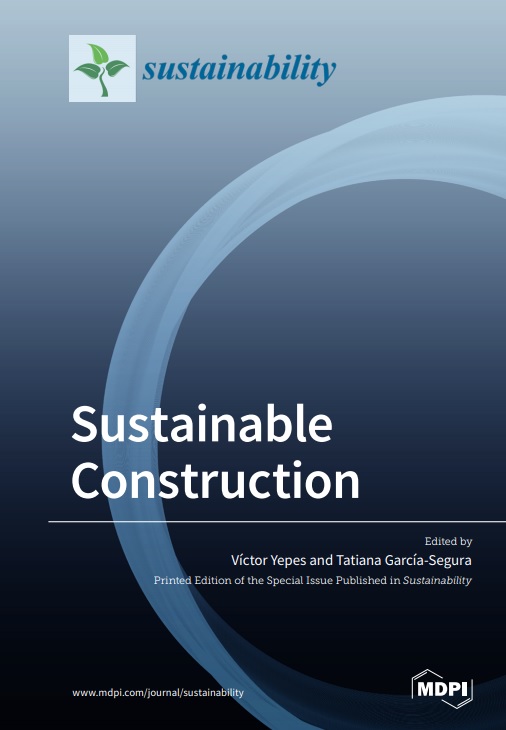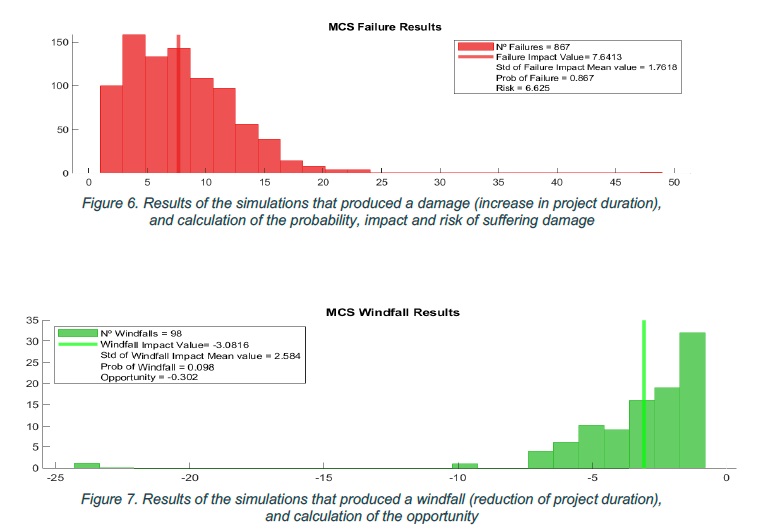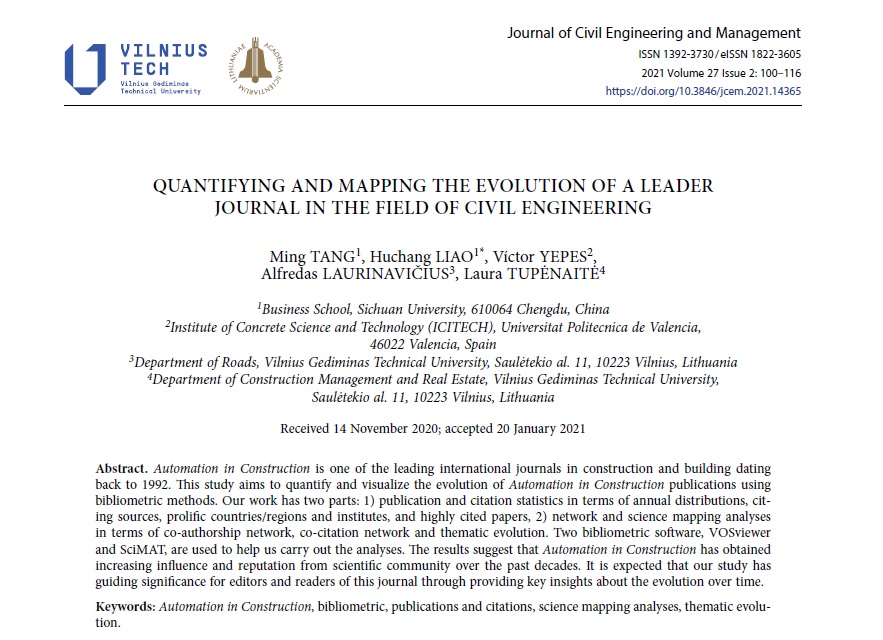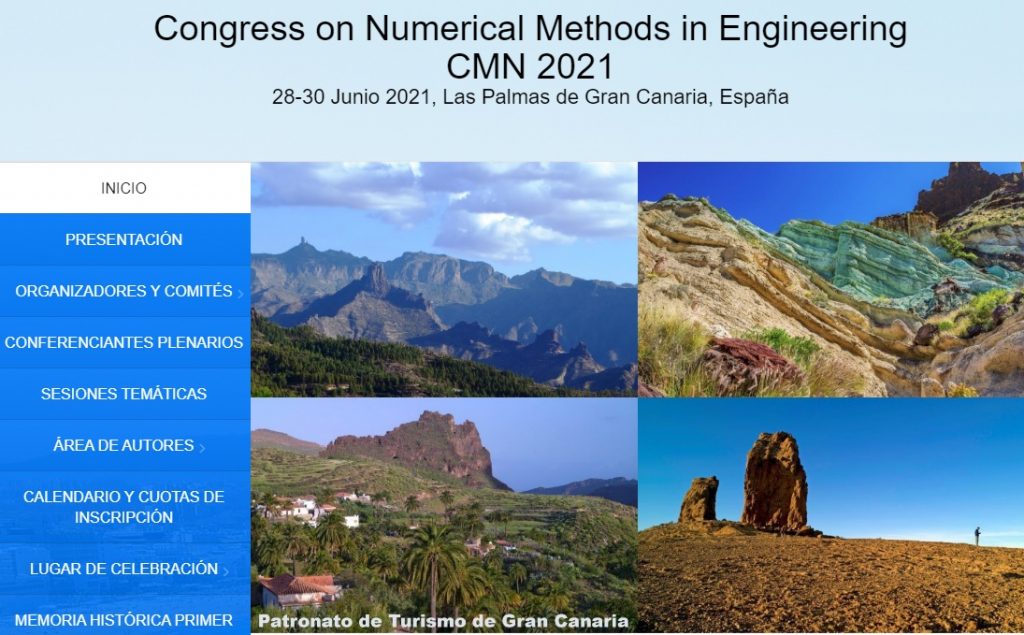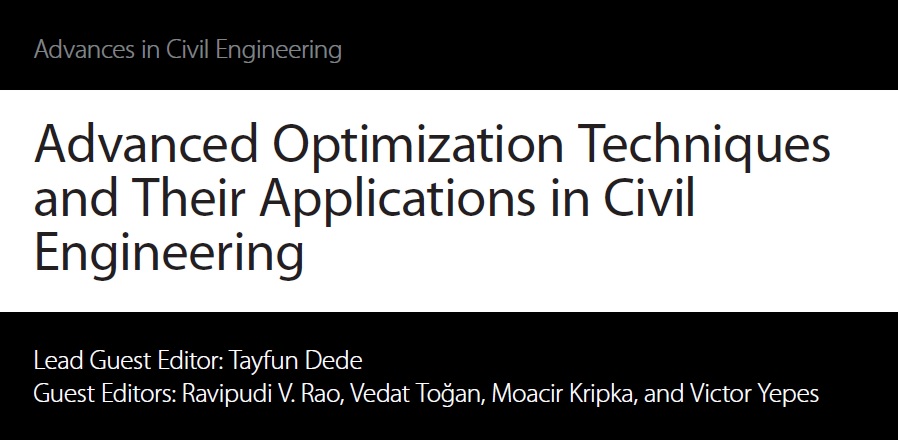 Este artículo pretende comprobar el nivel de información que presentan los estudiantes de postgrado de ingeniería civil respecto a otros grupos de población. Se analiza la percepción que tienen los estudiantes de postgrado de ingeniería civil de la Universitat Politècnica de València sobre el mundo actual. Para ello, se ha utilizado el Factfulness Quiz de Hans Rosling. En este test, trece preguntas con tres posibles respuestas pretenden medir la perspectiva sobre temas que aparecen recurrentemente en los medios de comunicación. Miles de personas han respondido a este cuestionario, lo que permite hacer comparaciones con nuestros estudiantes. Cincuenta alumnos, que representan más del 75% de los matriculados, respondieron a la encuesta. Corresponden a estudiantes de dos másteres relacionados con la ingeniería civil (Máster Universitario en Ingeniería del Hormigón y el Máster Universitario en Planificación y Gestión en Ingeniería Civil). El cuestionario consta de tres apartados. En primer lugar, información genérica sobre los individuos. A continuación, la opinión a priori sobre los problemas actuales, tanto propios como de los líderes mundiales y de los periodistas. Por último, el cuestionario se completa con trece preguntas que aparecen de forma aleatoria. Se realizó un análisis estadístico de las respuestas recogidas por cada grupo para comparar los resultados con los de estudios anteriores. También se estudió si existen diferencias relevantes entre los grupos de estudiantes. Se utilizaron los paquetes estadísticos Microsoft Excel y SPSS. Los resultados obtenidos muestran una tasa de éxito del 31%, una media de cuatro respuestas correctas por persona y una moda de tres. Los resultados muestran una tasa de éxito algo inferior a la de una respuesta totalmente aleatoria. Entre las preguntas formuladas, destaca una que ha sido contestada correctamente por más del 96% de los participantes. Se refiere al efecto del cambio climático en la temperatura del planeta. El estudio concluye que los estudiantes no tienen una visión clara y actualizada de los problemas contemporáneos. Sin embargo, los resultados obtenidos en este estudio reflejan la necesidad de incorporar acciones en la formación de nuestros estudiantes que les permitan ser conscientes de sus limitaciones a la hora de interpretar temas complejos. Desde esta nueva perspectiva, los estudiantes estarían más receptivos a la hora de comprender los mecanismos que les han llevado a asimilar estas creencias sociales infundadas y ampliamente compartidas a través de la sobreexposición a los medios de comunicación actuales. Por lo tanto, es necesario que los estudiantes de postgrado mejoren las competencias relacionadas con el conocimiento de los problemas contemporáneos.
Este artículo pretende comprobar el nivel de información que presentan los estudiantes de postgrado de ingeniería civil respecto a otros grupos de población. Se analiza la percepción que tienen los estudiantes de postgrado de ingeniería civil de la Universitat Politècnica de València sobre el mundo actual. Para ello, se ha utilizado el Factfulness Quiz de Hans Rosling. En este test, trece preguntas con tres posibles respuestas pretenden medir la perspectiva sobre temas que aparecen recurrentemente en los medios de comunicación. Miles de personas han respondido a este cuestionario, lo que permite hacer comparaciones con nuestros estudiantes. Cincuenta alumnos, que representan más del 75% de los matriculados, respondieron a la encuesta. Corresponden a estudiantes de dos másteres relacionados con la ingeniería civil (Máster Universitario en Ingeniería del Hormigón y el Máster Universitario en Planificación y Gestión en Ingeniería Civil). El cuestionario consta de tres apartados. En primer lugar, información genérica sobre los individuos. A continuación, la opinión a priori sobre los problemas actuales, tanto propios como de los líderes mundiales y de los periodistas. Por último, el cuestionario se completa con trece preguntas que aparecen de forma aleatoria. Se realizó un análisis estadístico de las respuestas recogidas por cada grupo para comparar los resultados con los de estudios anteriores. También se estudió si existen diferencias relevantes entre los grupos de estudiantes. Se utilizaron los paquetes estadísticos Microsoft Excel y SPSS. Los resultados obtenidos muestran una tasa de éxito del 31%, una media de cuatro respuestas correctas por persona y una moda de tres. Los resultados muestran una tasa de éxito algo inferior a la de una respuesta totalmente aleatoria. Entre las preguntas formuladas, destaca una que ha sido contestada correctamente por más del 96% de los participantes. Se refiere al efecto del cambio climático en la temperatura del planeta. El estudio concluye que los estudiantes no tienen una visión clara y actualizada de los problemas contemporáneos. Sin embargo, los resultados obtenidos en este estudio reflejan la necesidad de incorporar acciones en la formación de nuestros estudiantes que les permitan ser conscientes de sus limitaciones a la hora de interpretar temas complejos. Desde esta nueva perspectiva, los estudiantes estarían más receptivos a la hora de comprender los mecanismos que les han llevado a asimilar estas creencias sociales infundadas y ampliamente compartidas a través de la sobreexposición a los medios de comunicación actuales. Por lo tanto, es necesario que los estudiantes de postgrado mejoren las competencias relacionadas con el conocimiento de los problemas contemporáneos.
ABSTRACT
This article aims to check the level of information presented by postgraduate students in civil engineering concerning other population groups. This paper analyses the perception that postgraduate civil engineering students at the Universitat Politècnica de València have about the current world. For this purpose, the Factfulness Quiz by Hans Rosling was used. In this test, thirteen questions with three possible answers aim to measure the perspective on topics recurrently covered in the media. Thousands of people have answered this questionnaire, making it possible to compare groups of students. Fifty students, representing more than 75% of those enrolled, answered the survey. They correspond to students of two master’s degrees related to civil engineering. The questionnaire consists of three sections. First, generic information about individuals. Next is the a priori opinion regarding current problems, both their own and world leaders and journalists. Finally, the questionnaire is completed with thirteen questions that appear randomly. A statistical analysis of the responses collected by each group was carried out to compare the results with those of previous studies. We also studied whether there are relevant differences between the groups of students. The statistical packages Microsoft Excel and SPSS were used. The results obtained show a success rate of 31%, an average of four correct answers per person, and a mode of three. The results show a somewhat lower success rate than an utterly random response. Among the questions asked, one stands out for having been answered correctly by more than 96% of the participants. It refers to climate change’s effect on the planet’s temperature. The study concludes that students do not have a clear and up-to-date view of contemporary problems. However, the results obtained in this study reflect the need to incorporate actions in the training of our students that allow them to be aware of their limitations when interpreting complex issues. From this new perspective, students would be more receptive to understanding the mechanisms that have led them to assimilate these unfounded and widely shared social beliefs through overexposure to current media. Therefore, there is a need for postgraduate students to improve competence related to knowledge of contemporary problems.
Keywords:
Civil engineering, virtual teaching, COVID-19, Likert-scale, postgraduate education.
Reference:
YEPES, V.; BRUN-IZQUIERDO, A.; YEPES-BELLVER, L. (2022). Analysis of civil engineering postgraduate students’ perception about contemporary issues. 16th annual International Technology, Education and Development Conference (INTED 2022), 7th-8th March 2022, pp. 579-586, Valencia, Spain. ISBN: 978-84-09-37758-9




